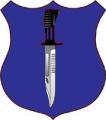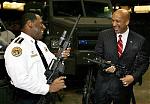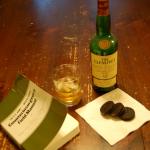Big time agree with data-free decisions....living the dream every day.
Most of the issues with excessively heavy radios, underperforming kit, suboptimal organisation, I believe, is because we have an equipment-centric defence policy which is fundamentally tied to supporting UK defence industries rather than getting the best pragmatic solutions for todays needs...re-enter Lions, Donkeys and Dinosaurs debate about procurement - but largely true.















Bookmarks